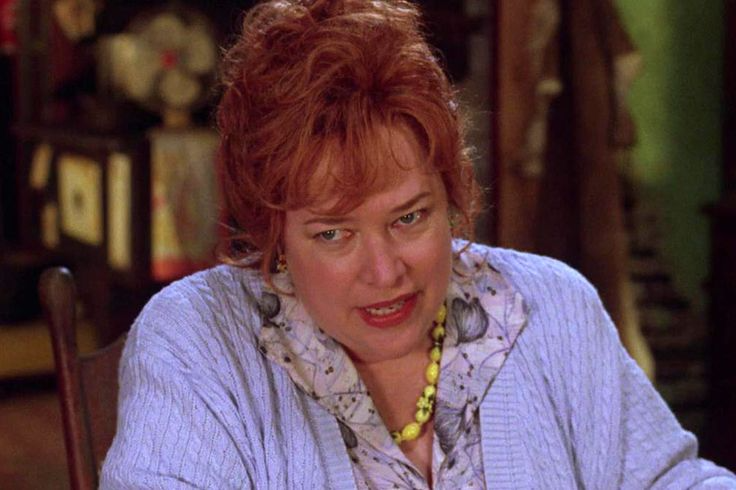
One of the most powerful, yet often overlooked, themes in Fried Green Tomatoes is the role that memory plays in shaping identity — not just for the characters within the story, but also for the audience watching.
Through its dual-timeline structure, the film shows how stories passed down through generations don’t simply preserve the past; they actively transform the future.
Memory as a Bridge Between Past and Present
The film is built on two timelines:
-
The 1920s–30s story of Idgie Threadgoode and Ruth Jamison in Whistle Stop.
-
The 1980s story of Evelyn Couch and Ninny Threadgoode in a nursing home.
Through Ninny’s recollections, Evelyn is introduced to a world vastly different from her own — yet strangely familiar in its emotional core.
The past is not dead in Fried Green Tomatoes; it is a living force that reaches into the present, pulling Evelyn out of her stagnation and self-doubt.

Evelyn’s Transformation Through Storytelling
At the beginning of the film, Evelyn is a textbook example of middle-aged dissatisfaction: insecure, ignored by her husband, trapped in social expectations.
Listening to Ninny’s stories about Idgie and Ruth, Evelyn internalizes their courage and resilience.
-
Idgie’s defiance inspires Evelyn to stand up for herself.
-
Ruth’s survival teaches Evelyn that pain can be overcome.
-
The Whistle Stop community shows Evelyn that it’s possible to create meaningful change, even in a rigid, unjust world.
By the film’s end, Evelyn has rewritten her own story — fueled by memories that were never truly hers, yet now belong to her emotionally.
Storytelling as Healing
For Ninny, telling the story is a form of healing too.
In a nursing home where she feels forgotten, Ninny finds vitality and purpose in keeping Whistle Stop alive through her words.
In sharing her memories, she doesn’t just relive her past — she gives it new life, ensuring that the people she loved are not lost to time.
Memory here is active: it’s an act of resistance against loneliness, invisibility, and death.
Memory, Myth, and Truth
Importantly, Fried Green Tomatoes leaves room for ambiguity about Ninny’s tales:
-
Was she really Idgie all along?
-
How much of her story is fact, and how much is myth?
The film suggests that the emotional truth matters more than the factual details.
Whether or not every event happened exactly as Ninny describes, the spirit of Whistle Stop — its bravery, kindness, and humor — is real and enduring.
Memory becomes a kind of mythology, not to distort the truth, but to preserve the essential spirit of a people and a place.
Memory as Liberation
In the end, Fried Green Tomatoes shows that memory is not just about nostalgia.
It’s about empowerment.
Through Ninny’s memories, Evelyn reclaims her own power.
Through shared stories, past and present unite to create something stronger than either could be alone.
And for the audience, Fried Green Tomatoes reminds us that the memories we inherit — even secondhand — are more than history lessons.
They are blueprints for how to live with courage, compassion, and joy.
